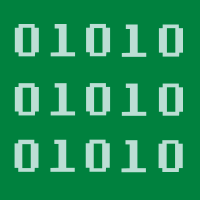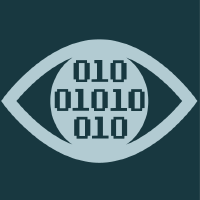Topic Menu
► Topic MenuTopic Editors



Augmented and Mixed Reality
Topic Information
Dear Colleagues,
The aim of this article collection is to contribute to the advancement of the Augmented and Mixed Reality fields and their impact on different areas such as: industry, entertainment, tourism, medicine, architecture and so on.
Augmented and mixed reality technologies allow researchers and practitioners to design and develop applications that augment the real world by a set of computer-generated assets. Different paradigms can be employed: hand-held, see-through and projected. Different devices are used to support these paradigms, such as smartphones, tablets, headsets and projectors. Even if a lot of work has been carried out already and many scientific publications are known in the literature, several open problems and exciting challenges still need to be addressed.
AR and MR technologies are growing very quickly, and they are part of our everyday life. Technological improvements of smartphones and tablets have boosted the spread of applications that are able to augment the real world; on the other hand, AR is also one of the Industry 4.0 pillars, and the new interfaces to support human–machine and human–robot interaction could strongly benefit from augmentation. Moreover, the integration of AR/MR technologies with other input interfaces (speech, gesture, gaze, brain, etc.) can open new scenarios, thus allowing users to take advantage of novel interaction paradigms never experienced before.
Despite of all of the exciting opportunities related to AR/MR, several problems need to be tackled. Content generation, tracking systems, limited field of view, usability, technology acceptance, and affordability are just some of issues to be addressed. In this context, this Topic offers a framework for integrating augmented and mixed reality with other technologies, providing technological solutions, proposing new application areas, and defining new evaluations approaches. Topics of interest could include but are not limited to:
General topics:
Indoor and outdoor tracking systems;
Content generation for AR/MR;
AR/MR for industry;
AR/MR for medicine;
AR/MR for entertainment and tourism;
AR/MR for broadcasting;
AR/MR for architecture;
AR/MR for cultural heritage;
AR/MR for military;
AR/MR for education and training.
Particular Themes:
Augmented reality solutions to support assembly, repair and maintenance tasks;
Design of adaptive AR interfaces;
Human–robot interaction supported by AR;
Integration of AR/MR with other input technologies (i.e., speech, gaze, brain, gesture, etc.);
Augmented reality-based games;
Shared augmented and virtual environments;
Application of AR to support learning;
Augmented reality in surgery;
Advanced technologies in AR;
Combining artificial intelligence and augmented reality;
Augmented reality in advertising, shopping and e-commerce;
Augmented reality frameworks/libraries;
Augmented reality for situational awareness: tactical augmented reality;
Augmented reality in sport apps;
Augmented reality as a tool to foster multi-user collaboration.
Prof. Dr. Andrea Sanna
Dr. Federico Manuri
Dr. Francesco De Pace
Topic Editors
Keywords
- augmented reality
- mixed reality
- tracking systems
- Industry 4.0
- augmented reality smart glasses
- artificial intelligence
- computer vision
- data visualization
- education
Participating Journals
| Journal Name | Impact Factor | CiteScore | Launched Year | First Decision (median) | APC |
|---|---|---|---|---|---|

Sensors
|
3.9 | 6.8 | 2001 | 17 Days | CHF 2600 |

Future Internet
|
3.4 | 6.7 | 2009 | 11.8 Days | CHF 1600 |

Information
|
3.1 | 5.8 | 2010 | 18 Days | CHF 1600 |

Journal of Imaging
|
3.2 | 4.4 | 2015 | 21.7 Days | CHF 1800 |

Multimodal Technologies and Interaction
|
2.5 | 4.3 | 2017 | 14 Days | CHF 1600 |

MDPI Topics is cooperating with Preprints.org and has built a direct connection between MDPI journals and Preprints.org. Authors are encouraged to enjoy the benefits by posting a preprint at Preprints.org prior to publication:
- Immediately share your ideas ahead of publication and establish your research priority;
- Protect your idea from being stolen with this time-stamped preprint article;
- Enhance the exposure and impact of your research;
- Receive feedback from your peers in advance;
- Have it indexed in Web of Science (Preprint Citation Index), Google Scholar, Crossref, SHARE, PrePubMed, Scilit and Europe PMC.

